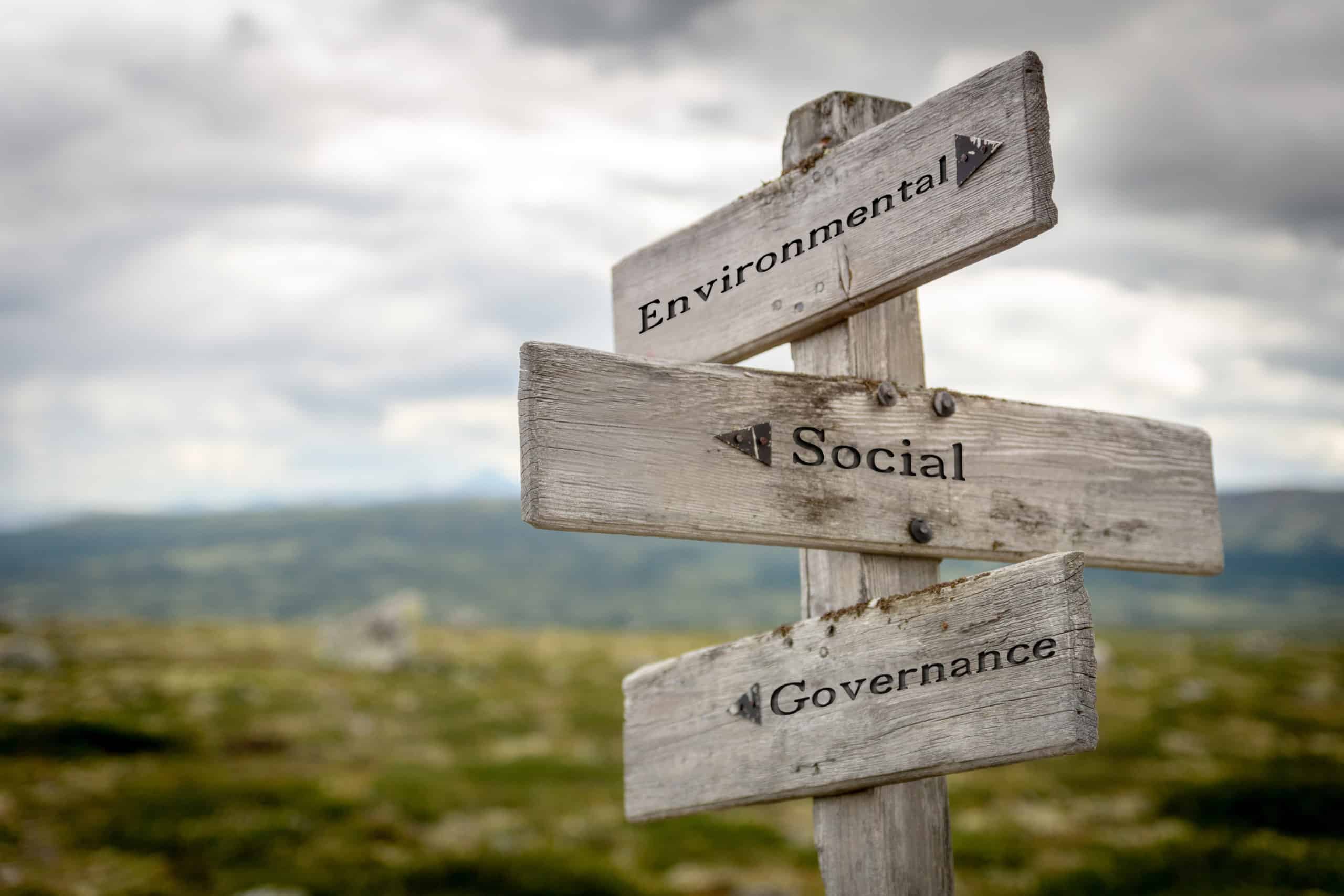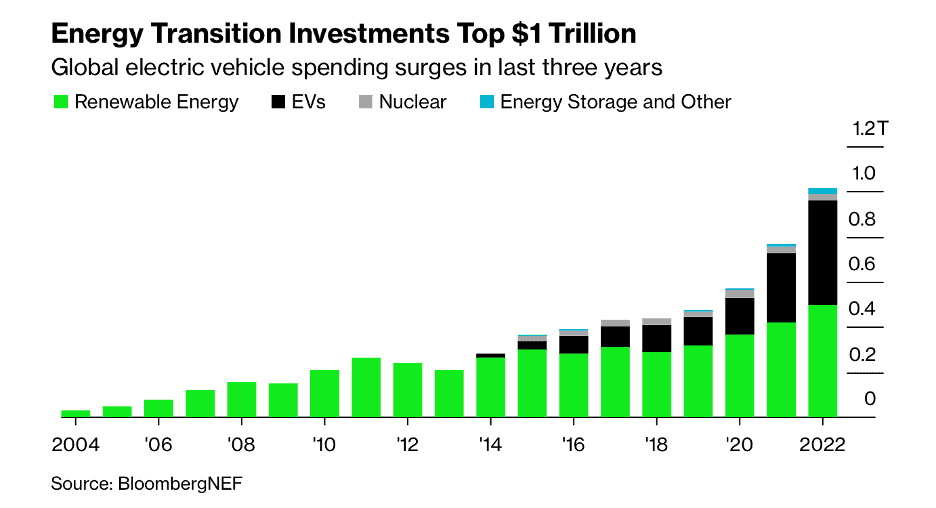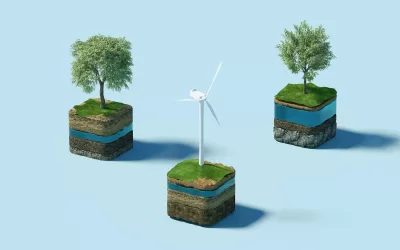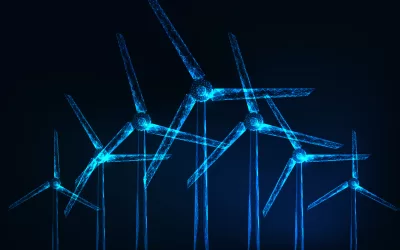Sustainability and ESG enthusiasts often live in a vortex of depressing news. While recent news from Davos may reflect a change in the tide, it can be exhausting and dispiriting. We don’t want to ignore how much work we still need to do. But we do want to bring some positivity to the forefront.
Bad news sells, and good news (hopefully) revives.
So, take a few minutes to remind yourself of the real results we achieve. To see how our seemingly endless work to create a more resilient environment around the world creates an impact.
Designed to Thrive – Building Regenerative Food Systems
The pandemic exposed a lot of cracks in our global systems. It particularly highlighted the fragility of our food systems. Concerns over risk in these systems incentivized action by some of the largest food companies in the world.
In 2021 Pepsico, Danone, Nestlé, and Unilever announced transitions to regenerative agricultural practices across millions of acres. In 2023, even more stakeholders are working to redesign their processes. These shifts will keep soil healthier, improve water and air quality, reduce emissions, and more.
Building regenerative systems require changes at every level with every stakeholder.
Farmers are testing new growth technologies at the production level. Corporations are experimenting with cereal recipes to integrate less water-intensive crops. Manufacturers are upcycling from other products to reduce waste. Policymakers are introducing supportive and climate-forward legislation.
We are moving towards a stronger global food system. One that nurtures the earth rather than scorching it. We’ll continue to watch for actions to match intentions, but we’re excited about this climate-forward trend.
To read more about his transition check out this Wired article.
Investing Green is Gaining
There’s good news in green investment. A recent analysis by BloombergNEF found that “the world invested as much money into replacing fossil fuels as it spent on producing oil, gas, and coal.”
That means we spent $1.1 trillion in 2022 on clean energy, 31% more than in 2021. Spread around the world and across technologies, we are (finally) putting more of our money toward our future.
Is it enough, unequivocally no. But we can hope that it’s an indicator of a more sweeping transition that will let us reach our net-zero goals by 2050.
For more on the breakdown of where this money’s spent – check out this article.
A Big Win – Rebuilding Our Ozone
Voluntary global pacts have a bad rep. But the Montreal Protocol stands out as one that works. It’s the definitive reason we’re reclaiming our critical-life-giving ozone layer.
A recent report by the UN-backed Scientific Assessment Panel confirmed the phase-out of 99% of ozone-depleting substances.
Chart from Scientific Assessment of Ozone Depletion: 2022
By 2066 we should see a full restoration of our ozone to pre-1980 levels. Much of the damage we’re inflicting on the environment is irreversible. But this is a wonderful example of our global community coming together and fixing an environmental problem.
Read more about the journey to reverse our ozone damage here.
It’s Always Sunny in Georgia – A New Solar Plant
We’ve hit a new clean energy record. Hanwha, a South Korean manufacturer, signed a deal to spend $2.5 billion on a solar panel plant in Georgia. It’s the largest foreign investment in US solar manufacturing to date.
The deal benefited from Biden’s IRA with substantial tax incentives. It increases domestic manufacturing and reduces the US’s reliance on China. It’s also poised to add 2,500 clean energy jobs.
This investment is a positive feather in the sustainability cap. To read more about its implications check out this article.
Data and Digital Twins: CIOs Seeking Sustainability
It’s hard to change what you don’t understand. Companies working to manage their carbon emissions are turning to their Chief Innovation Officers to collect data and find greener solutions.
CIOs are exploring frontier tech to help them better understand their company’s emissions. Digital twins, IoT, and AI are just a few of the tools on which they’re capitalizing.
“ESG will remain a top priority for IT next year across industries,”
– Abhijit Sunil, senior analyst at Forrester Research
Additionally, I.T. is a particularly heavy carbon contributor for many companies. As a result, executives are looking for cloud computing options to shift away from on-site data centers.
Ideally, they find off-site data managers who measure and report on their own footprint. With this information companies will have a better understanding of their emissions and climate risk, and opportunities for reducing both.
For more on the challenges facing CIOs and the tech that can help them – read here.
Finding More Bright Spot
If we struggle to find incremental improvements, we risk losing motivation and even hope. So, make sure to keep an eye out for more good sustainability and ESG news, it’s out there.






